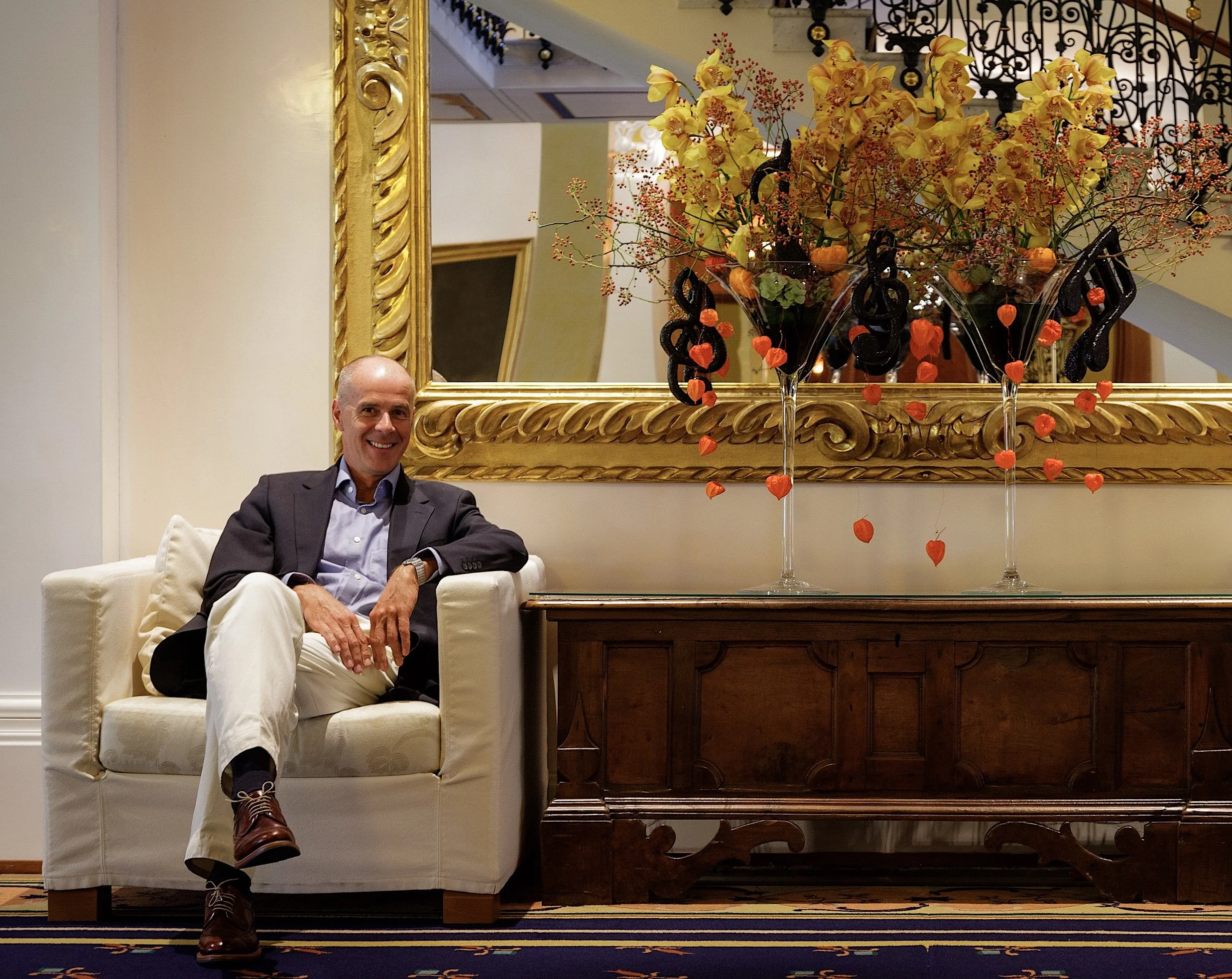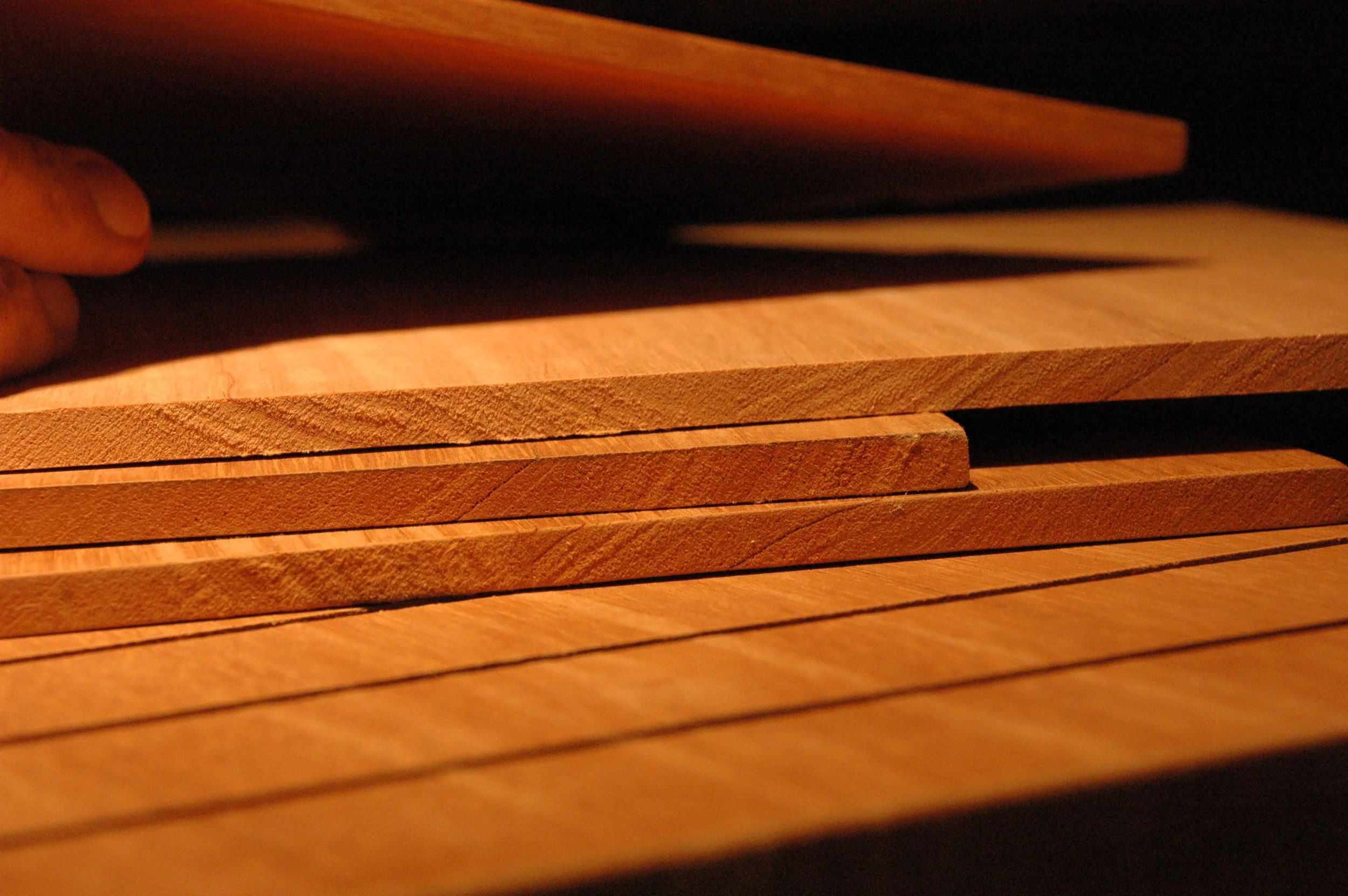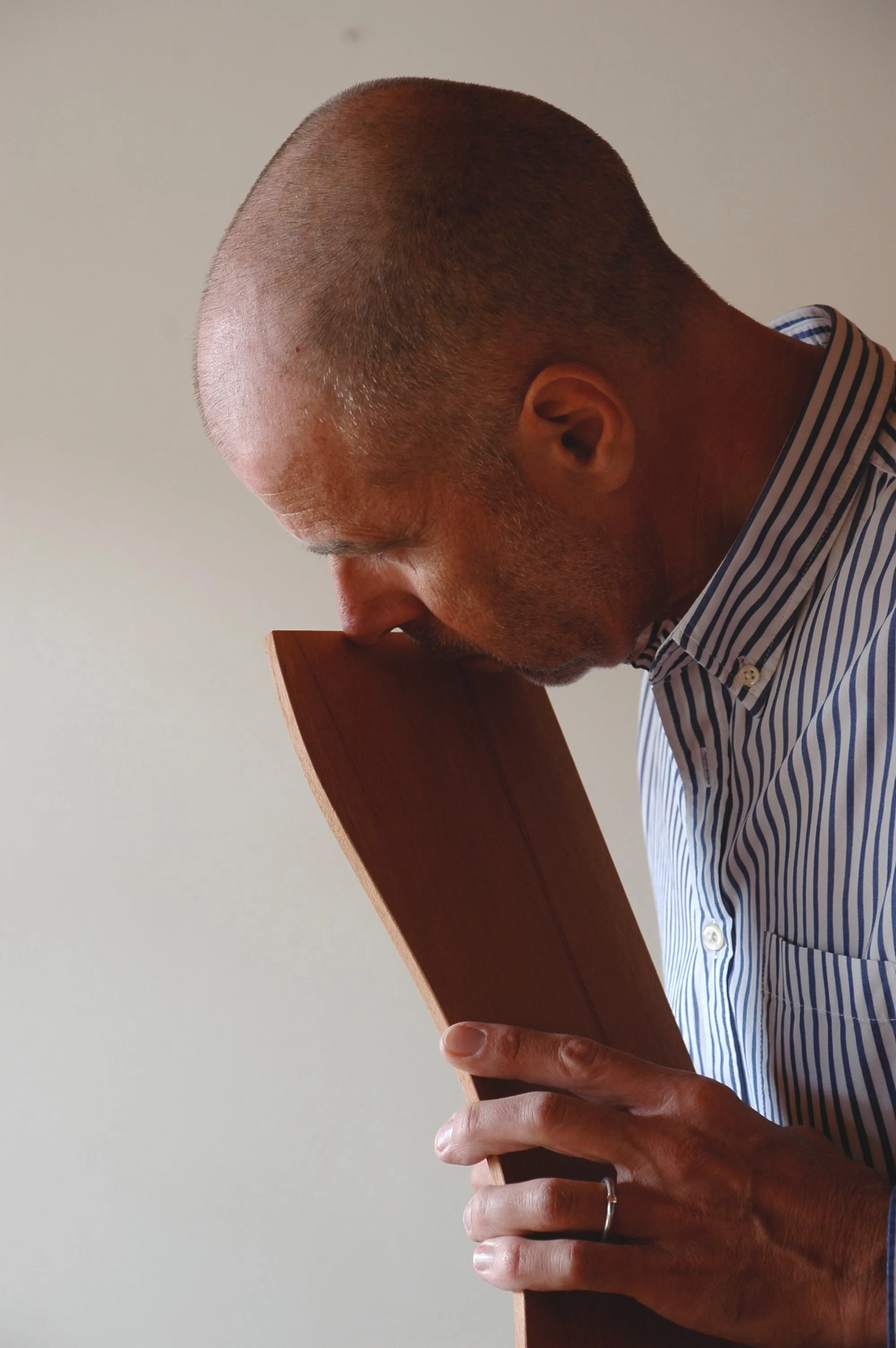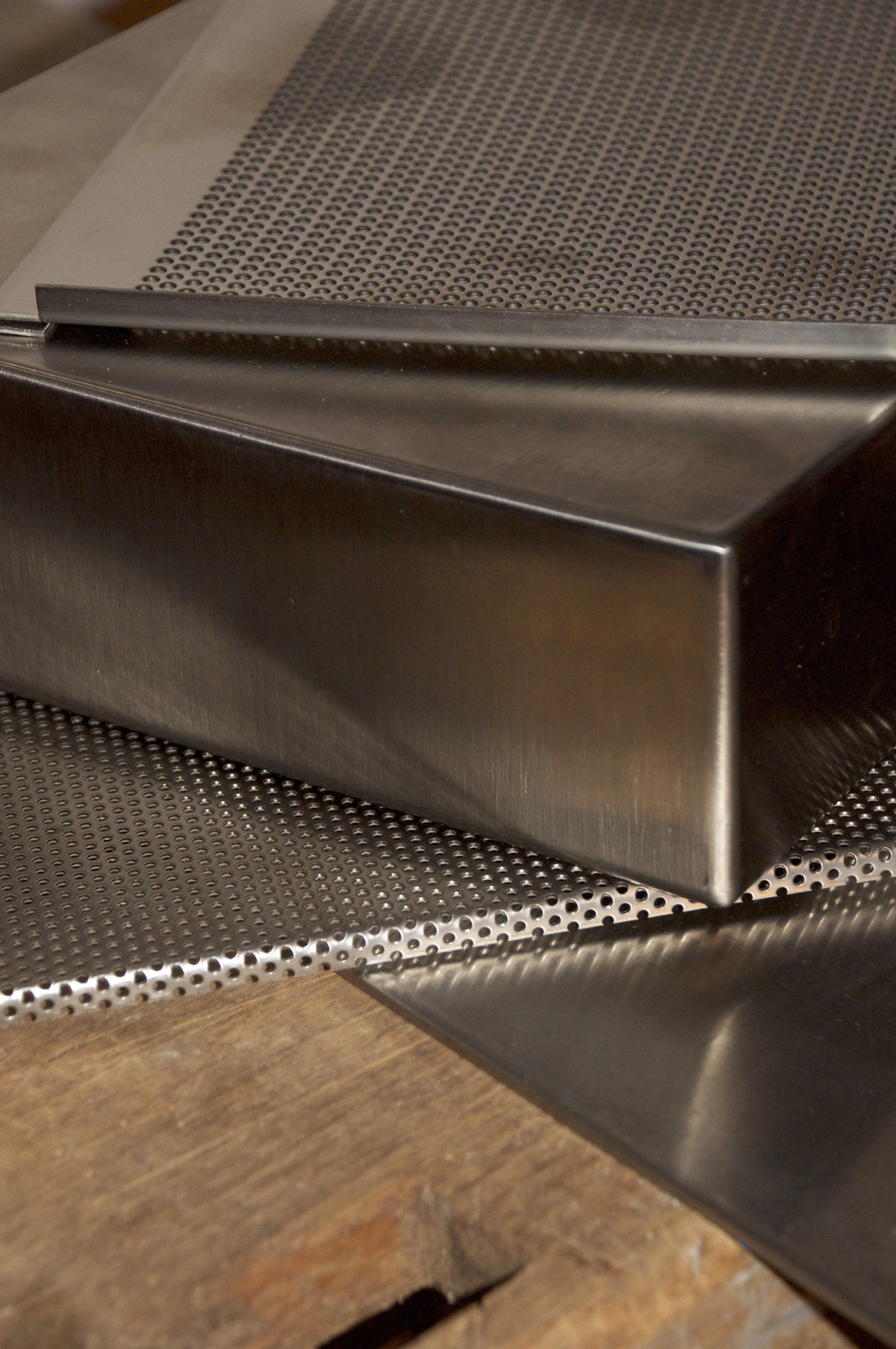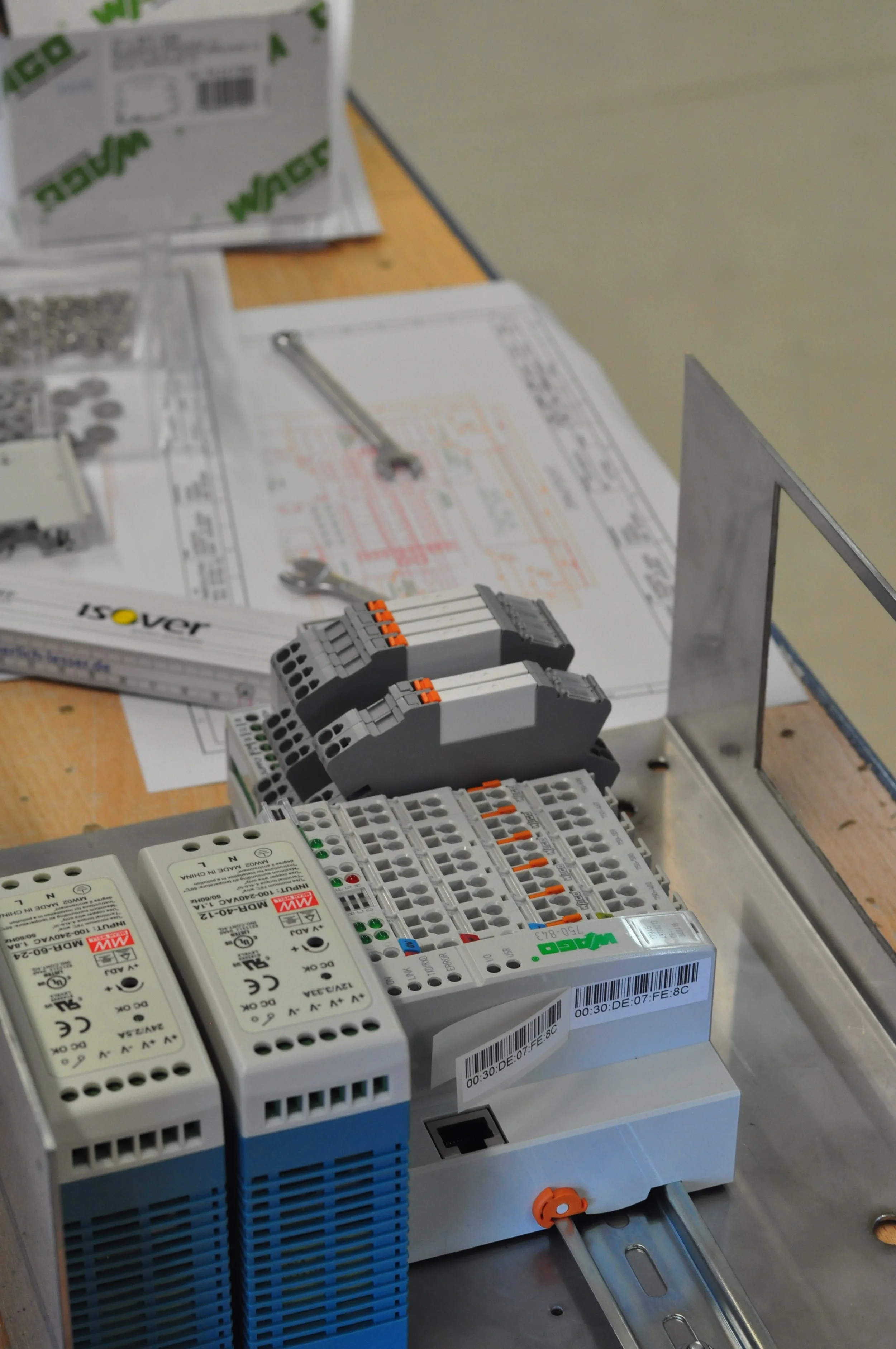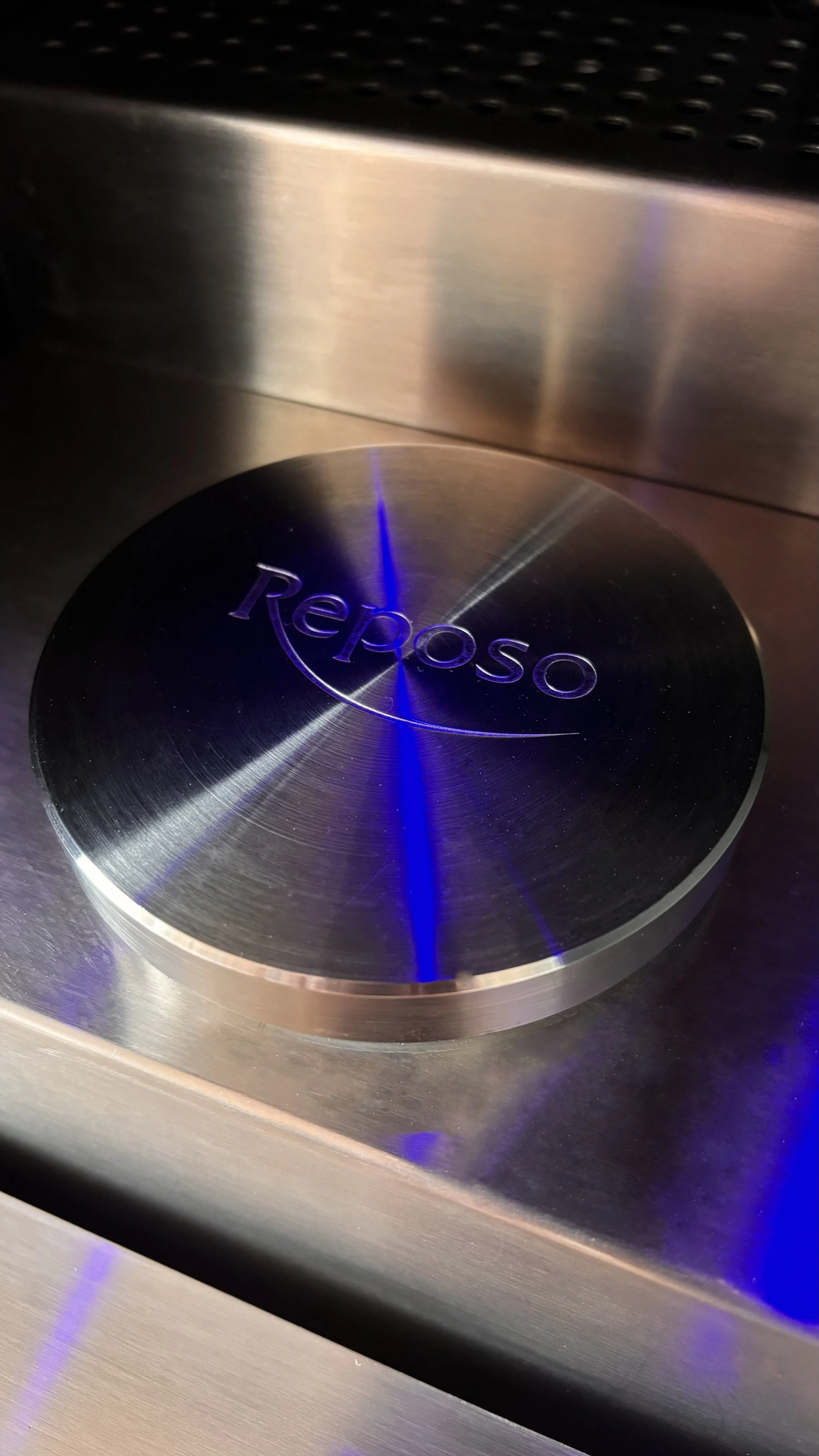The Story Behind Reposo
Faraway countries and foreign cultures fascinated Carsten Schroeter even as a teenager. Later, he used his professional activities to travel to all five continents and immerse himself in exotic cultures and unfamiliar ways of life.
But that's not all: as someone with an unerring sense of smell who perceives his environment primarily through his nose, he also collected a wide variety of scents and smells during his stays abroad. One smell in particular stuck in his memory. It was the heavy, velvety aroma of carefully matured tobacco leaves, which were rolled into the finest Havanas by skilled hands in traditional Cuban factories.
This olfactory experience not only left a lasting impression on him, but also turned him into a cigar lover; however, with one not insignificant problem. There were no containers on the world market in which his rare cigars, which he brought back from his many travels, could continue to mature in their original boxes under optimal conditions.
What had long been common practice for select wines in wine refrigerators or air-conditioned wine cellars simply did not exist for valuable cigars, which were often priced close to well-stocked wine depots.
The initial idea.
All experiments to store cigars in wine cellars or wooden boxes failed miserably, as the delicate tobacco leaves either dried out or rotted after just a few weeks.
As a designer and engineer, Schroeter began to think about a more reliable way of storing cigars, not only to ensure their long-term quality, but above all to enable them to develop into unique, flavourful cigars over the years.
And so the vision of an air-conditioned cigar humidor gradually began to take shape in his mind.
He contacted climate specialists from the medical technology sector to explore how a small interior space could be climate-controlled in a stable manner.
But every technician immediately dismissed the idea. It was impossible, they said, because opening the interior would immediately destroy the carefully constructed microclimate. A reasonable argument. Unfortunately!
But also an exciting challenge!
Carsten Schroeter was not discouraged. He collaborated for several years with a company that specialised in air conditioning for surgery rooms and server rooms and incorporated their technology into his development.
For how many generations?
After numerous experiments, he finally gained some important insights, but unfortunately he was still far from solving all the problems, as a humidor designed to allow cigars to continue maturing had to be technically capable of lasting more than a human generation, i.e. 25 to 30 years.
Since short-lived products wasted too many valuable resources, Carsten Schroeter wanted to develop a product that would be extremely durable and virtually immune to ageing processes.
This concept of a humidor was not allowed to contain any toxic materials and should not use raw materials that were only available in limited quantities on earth.
What's more, he wanted to use only materials that could be combined and separated again with comparatively little energy expenditure so that they could later be returned to their original state.
Against this background, a veneered wooden body was not an option. ‘Veneer is a deception per se! Veneer and substrate must be bonded with chemical adhesives and cannot be separated from each other later. That is not sustainable in any way!’
An unusual combination
of materials.
He used raw materials that not only met his high aesthetic standards, but also fulfilled all these requirements. Glass, stainless steel and solid cedar. An unusual combination of materials that had never been used in humidors before.
This presented him with his next challenge. How could glass be used without the humidity required for climate control condensing on the glass surfaces inside the humidor?
Numerous further experiments were necessary to solve this problem, until finally an intelligent combination of the right raw materials and programmed air turbulence emerged that was capable of maintaining a stable climate inside the humidor over the long term.
However, his sustainability concept did not end with the materials used, but was also consistently applied to the ongoing operation of the humidor. It should consume as little electricity and water as possible and be characterised by extremely long cleaning intervals.
This meant that bacteria were not allowed to develop in the first place.
In addition, the humidor should be able to independently report its water requirements to its owner's smartphone via its own Wi-Fi module.
Clean technology.
After years of development and numerous prototypes that were constantly being optimised, the product was finally ready for series production and Carsten Schroeter's innovative, unique technology was confirmed with a patent.
Of course, it was only a matter of time before several renowned corporations contacted him, desperately seeking solutions for their own products. Something commonly referred to as industrial espionage. But unfortunately, that's also part of the game when you create a product that sets new standards.
The name Reposo.
Nevertheless, the final humidor now needed a suitable name that reflected its purpose and made it clear that it no longer had much in common with the conventional ideas of standard cigar cabinets.
The choice fell on the Spanish word ‘Reposo’, which means ‘rest’.
The rest that fine cigars need in order to continue maturing over the years and develop their unique flavours.
And rest for their owners, who wanted to spend their time on more pleasant things than dealing with tedious checks and cleaning processes to ensure that the quality of their expensive cigars did not suffer.
The specially developed Reposo logo was milled transparently into the glass of the door in accordance with the Fibonacci sequence.
It was also embossed into the stainless steel tank cap with a pressure of 35 tonnes in order to remain consistently sustainable and avoid the use of the usual adhesive badges.
The development of this technology began in 1993 with the support of climate specialists for sterile surgery rooms and server rooms and has been continuously refined over the years to the point where it is now ready for series production.
It is unique worldwide.
